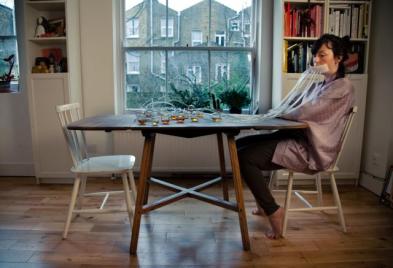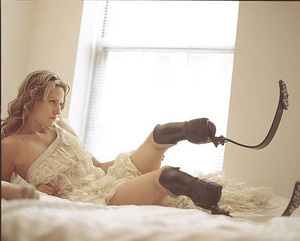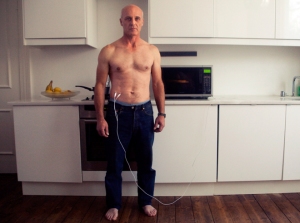On Friday 25th of November, London-based design practice Superflux will visit the Media, Arts & Design Faculty. On the one hand, they will give an interesting lecture on who they are, what they do, etc. and on the other, they will organise an interesting workshop on Human Enhancement.
In short, Superflux works closely with clients and collaborators on projects that acknowledge the reality of our rapidly changing times, designing with and for uncertainty, instead of resisting it. They are particularly interested in the ways emerging technologies interface with the environment and everyday life, and with proven experience in design, strategy and foresight, Superflux is in a unique position to explore the implications of these new interactions. Ultimately, they strive to embed these explorations in the here-and-now, using rapid prototyping and media sketches to turn them into stimulating concepts, experiences, products and services.
Superflux’s business has two parts. The consultancy is client-facing, offering bespoke services, while the lab is a research space where we develop and test new ideas. Though these two parts function independently, they’ve come to rely on their contrasting rhythms for team sanity, the ‘sweet spot’ of unexpected synergies, and a steady stream of new ideas and provocations.
So, be sure to check out http://www.superflux.in/ for more information on Superflux and their work. Below you find a short video on Superflux’s “Song of the Machine”, a project that explores the possibilities of a new, modified – even enhanced – vision, where users can tune into streams of information and electromagnetic vistas currently outside of human vision:
Song of the Machine from Superflux on Vimeo.






